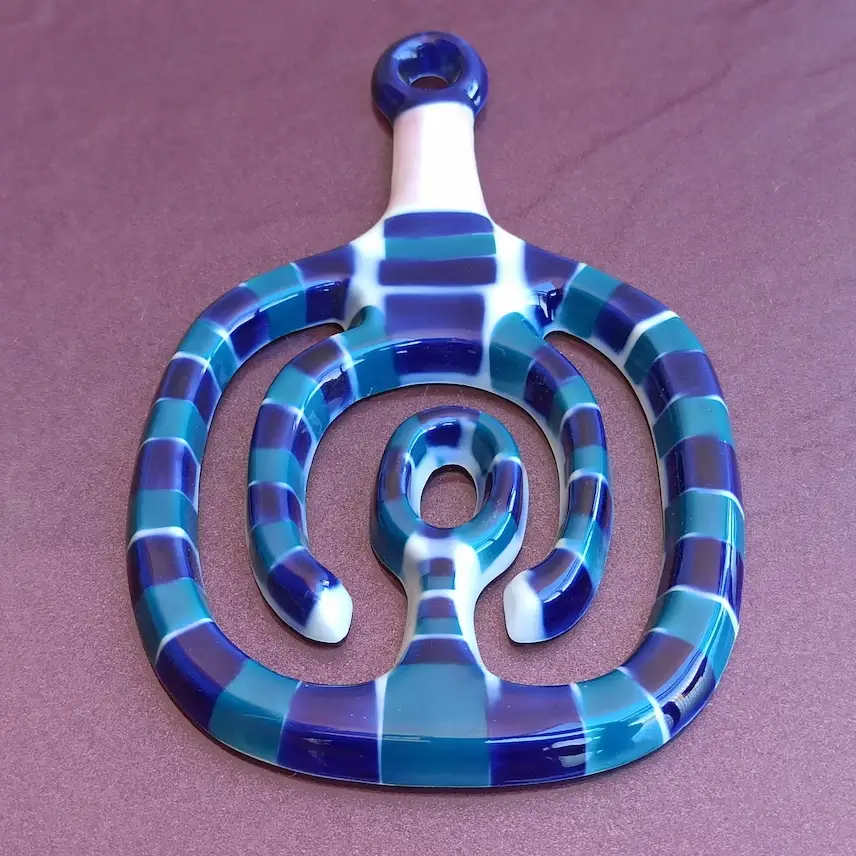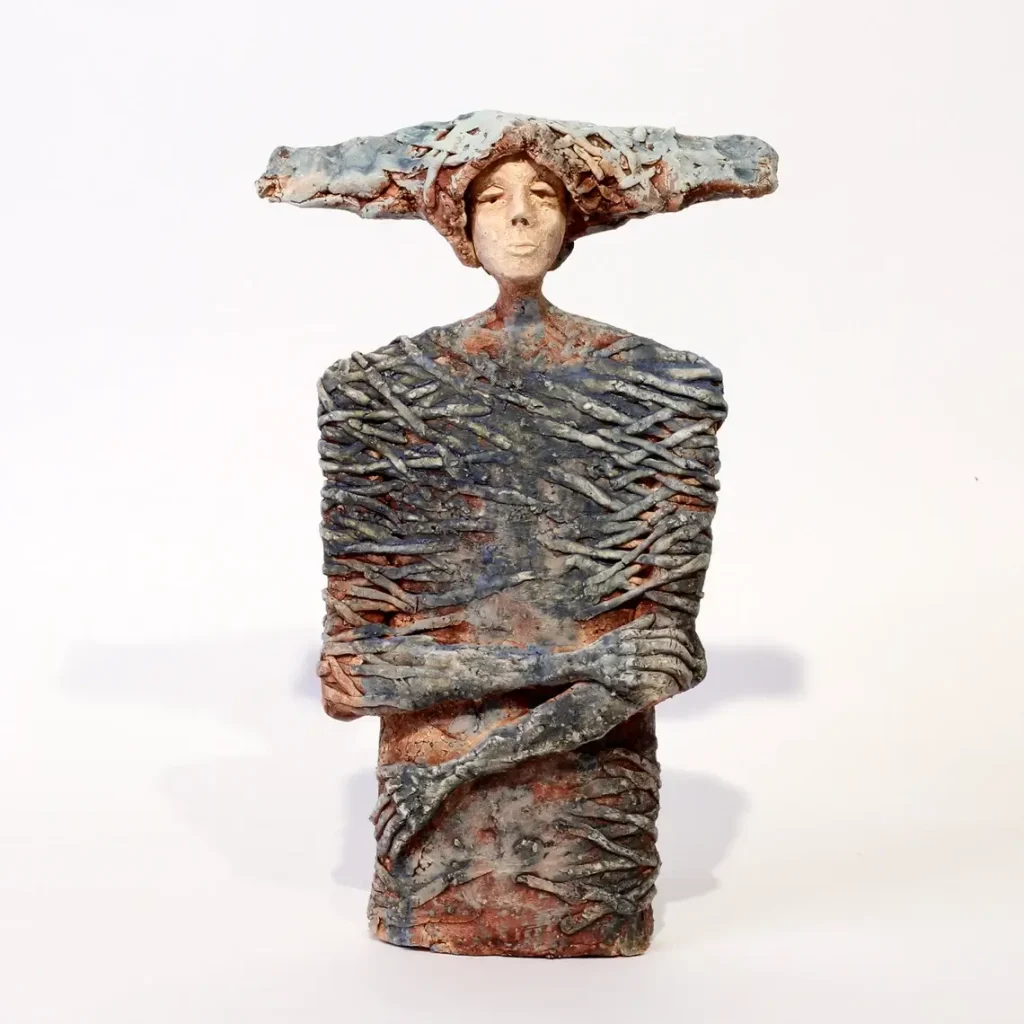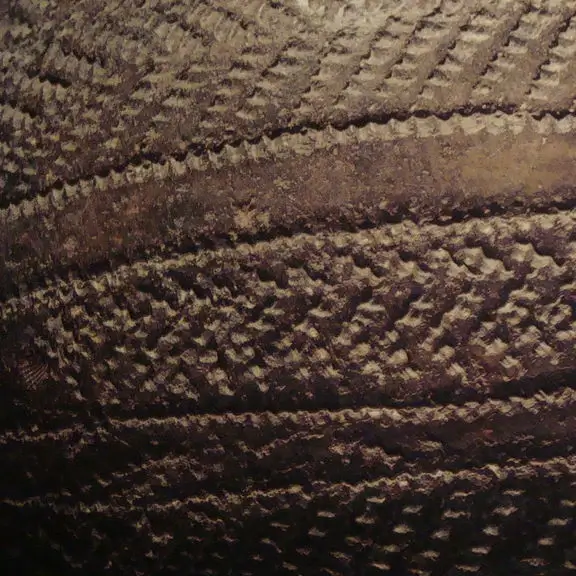Spanish ceramics: tradition and beauty in decoration

Spanish ceramics stand out for their history, beauty and variety of products. From complete tableware to decorative pieces, it reflects Spanish craftsmanship and creativity. Areas such as Talavera de la Reina are renowned for their quality. In addition, Spanish ceramics have great relevance in interior design, where their craftsmanship is prominently displayed on shelves and walls.
History and tradition of Spanish ceramics
Spanish ceramics has a rich history and a tradition rooted in the culture of the country. Over the centuries, it has evolved and gone through different stages of influence and development.
Origins in the Iberian Peninsula
Ceramics, that millenary art that has been and continues to be the backbone of Spanish culture, society and economy, has its roots in antiquity. Going back to the Neolithic, we find the first human settlements in the Iberian Peninsula, who, using rudimentary techniques such as pinching, shaped the first clay vessels. These pieces were dried in the sun or near bonfires, marking the beginning of Iberian pottery.
Muslim contribution and development
Before the Muslim invasion in 711, ceramic production was already massive in southern and eastern Spain, including tiles and functional elements. However, it was the Muslim influence that took Spanish ceramics to another level. Handmade mosaics and glazing techniques with metallic oxides, such as “majolica” and especially “Talavera” ceramics, are outstanding examples of this legacy.
Subsequent evolution
Despite the decline of Spanish ceramics in the 16th and 17th centuries, paradoxically, some of the most artistic and high quality pieces of the time were produced. Ceramic art not only survived but adapted and evolved, achieving worldwide recognition.
With the passing of time, Spanish ceramics acquired its own identity, fusing external influences with autochthonous elements. In the Middle Ages, the ceramic productions of Talavera de la Reina and the ceramics of Manises stood out for their meticulous decoration and quality craftsmanship.

These pieces and the cover are the work of CeramicFromSpain
Spanish pottery today
This art of working clay, which still retains its influence of Arab art, is still present in everyday life and the tradition is kept alive more and more. From Andalusia to Mexico, the influence of Spanish ceramics extends throughout the world. Places like the Triana neighborhood in Seville are still artistic hotspots where this tradition lives on.
Distinguishing features
One of the most outstanding aspects of Spanish ceramics is its diversity and variety of styles. Each region of Spain has its own particular style and techniques, which has contributed to the enrichment of the country’s ceramic craftsmanship.
Spanish ceramics are characterized by their unique and colorful designs, which reflect the essence and identity of Spanish culture. Floral ornamentation, geometric motifs and depictions of nature are common in many pieces, bringing an aesthetic beauty and a sense of tradition.
In addition, Spanish ceramics stand out for their high quality and durability. Spanish ceramists employ traditional techniques passed down from generation to generation, using top quality materials and perfecting their skills over years of experience.
Some types of Spanish ceramics with current fame
Talavera Ceramics
Originally from Talavera de la Reina, this ceramic is famous for its white glaze and colorful decorations. Although its roots are ancient, modern artisans continue to innovate with contemporary designs.
Triana Pottery: A Sevillian Legacy
This pottery, with its roots in the historic Triana neighborhood of Seville, is a living testimony to the Andalusian pottery tradition. Characterized by its vibrant colors and complex patterns, this pottery reflects Arab and Roman influences in its design.
Today, Triana’s artisans continue this rich tradition, combining ancient techniques with contemporary motifs. Their works, which range from decorative tiles, traditional Moorish patterns, to tableware and artistic objects, are highly prized both in Spain and abroad.
Triana ceramics not only decorate, but also tell the story of an emblematic neighborhood and its role in Sevillian culture.

Sargadelos Ceramics: Galician Tradition and Modernity
The pottery from the town of Sargadelos is one of the treasures of Galicia, known for its distinctive blue and white tones and unique geometric designs, is the result of the fusion between respect for tradition and the spirit of innovation.
The motifs reflect everything from local fauna and flora to elements of Galician mythology, in a clear demonstration of regional identity.
Today, Sargadelos is not only synonymous with quality and beauty, but also with a commitment to the modernization of ceramic art, making each piece a contemporary work of art with a strong sense of belonging.
Catalan Stoneware
In Catalonia, stoneware is very popular, known for its durability and rustic aesthetics. Catalan ceramists often incorporate natural and organic elements in their creations, resulting in unique pieces.
Contemporary Signature Ceramics
Throughout Spain, contemporary ceramic artists are innovating with techniques and styles. From abstract sculptures to functional design pieces, these signature ceramics reflect the diversity and creativity of today’s art scene.
Variety of Spanish ceramic products
Spanish ceramics stand out for their wide variety of products, ranging from complete tableware to decorative pieces. These creations reflect the craftsmanship and creativity of Spanish manufacturers. Below, we will explore the two main product categories of Spanish ceramics: complete dinnerware and decorative pieces.

Buy handmade Spanish ceramics
Fortunately, there are artisans who make pieces preserving the ancient traditions of pottery in the Iberian Peninsula.
You can see his work here.
Decorative pieces
In addition to complete dinnerware, Spanish ceramics also include a wide variety of decorative pieces. There are deep plates, dinner plates, dessert plates, loose plates. These pieces are true works of art, adding charm and elegance to any space, and are often hung on the wall.
Among the most popular decorative pieces are vases and planters, ideal for embellishing any corner of your home or office. You can also find items such as bowls, trays, salad bowls, etc.
Spanish ceramics are prized for both their beauty and exceptional quality. Each piece is crafted with care and attention to detail, making it a popular choice for both collectors and those wishing to add a special touch to their home décor.
We hope you liked this post. It will help us if you share it on social networks
Note: This article contains links that lead to the artists’ stores on other non-Ceramicartis sales sites. If you make a purchase there, we will receive a small commission that will help us continue the site and in turn continue to support their work. This does not increase the selling price of the artist.





